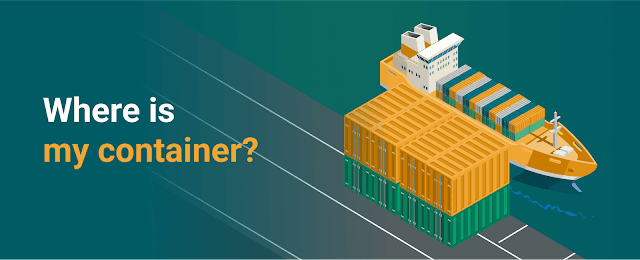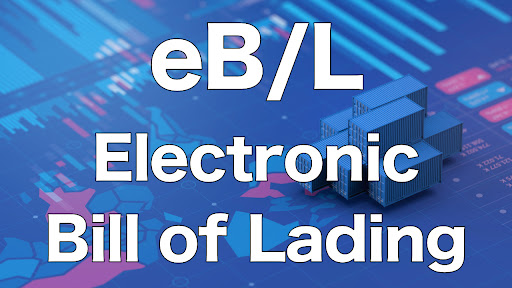Ocean shipment is a conventional process that exporters & importers use to transport goods globally. It is beneficial for trading overseas while dealing with large shipments of heavy goods and products like timber, furniture, vehicles etc. The demand for track and trace services is necessary for ocean shipment due to ongoing delays, backlogs and disruptions. Ocean freight tracking processes include real-time GPS tracking, container or B/L number tracking, accurate on-demand monitoring and container visibility.
Today,
monitoring and tracking shipments and accessing container
locations on-demand are considered essential services rather than voluntary
ones on the table of overseas transport dealing.
Benefits of Ocean Freight
Tracking
Freight
forwarders use smart tracking technology to secure the transporting process and
ensure client satisfaction. Once shipment tracking and monitoring becomes available, shippers and carriers
together can be benefited in the following ways:
● Improve the trading process: Using the freight tracking technology, stakeholders can
monitor and analyse the data of carriers, timing and delays in transit, loading
and arrival timings. In short, smart tracking can provide an efficient trading
process with global stakeholders.
● Access to real-time data: Freight tracking technology provides insights into cargo shipment status, delays, tracking data and general
transportation updates in real-time.
● Customer satisfaction: Freight tracking improves the experience of overseas
trading and provides peace of mind for the end-user by giving insights into
route changes, status and delivery to all stakeholders at the same time
● The quick response to delays and obstructions: Delays can happen at any time
for both natural or unnatural causes in the supply chain. Freight tracking
offers real-time notifications to counterparties that allow
faster responses to obstructions & the pre-planning bandwidth to counter
those delays.
● Cost-saving and increasing Return-On-Investment (ROI): A reliable shipping container
tracking system enhances the ROI and overall profits of your business.
There is
no denying that any interruption in shipment delivery will adversely affect the
supply chain schedule. Key market players are relying on trusted freight
forwarders and supply chain automation platforms to grow their brand value.
Trusted
names like Centersource Technologies provide smart freight tracking
systems to get more visibility and clarity for overseas transportation across
the world. It allows advanced technology and globalisation of the supply
chain. To know more, visit- https://www.centersource.io/










